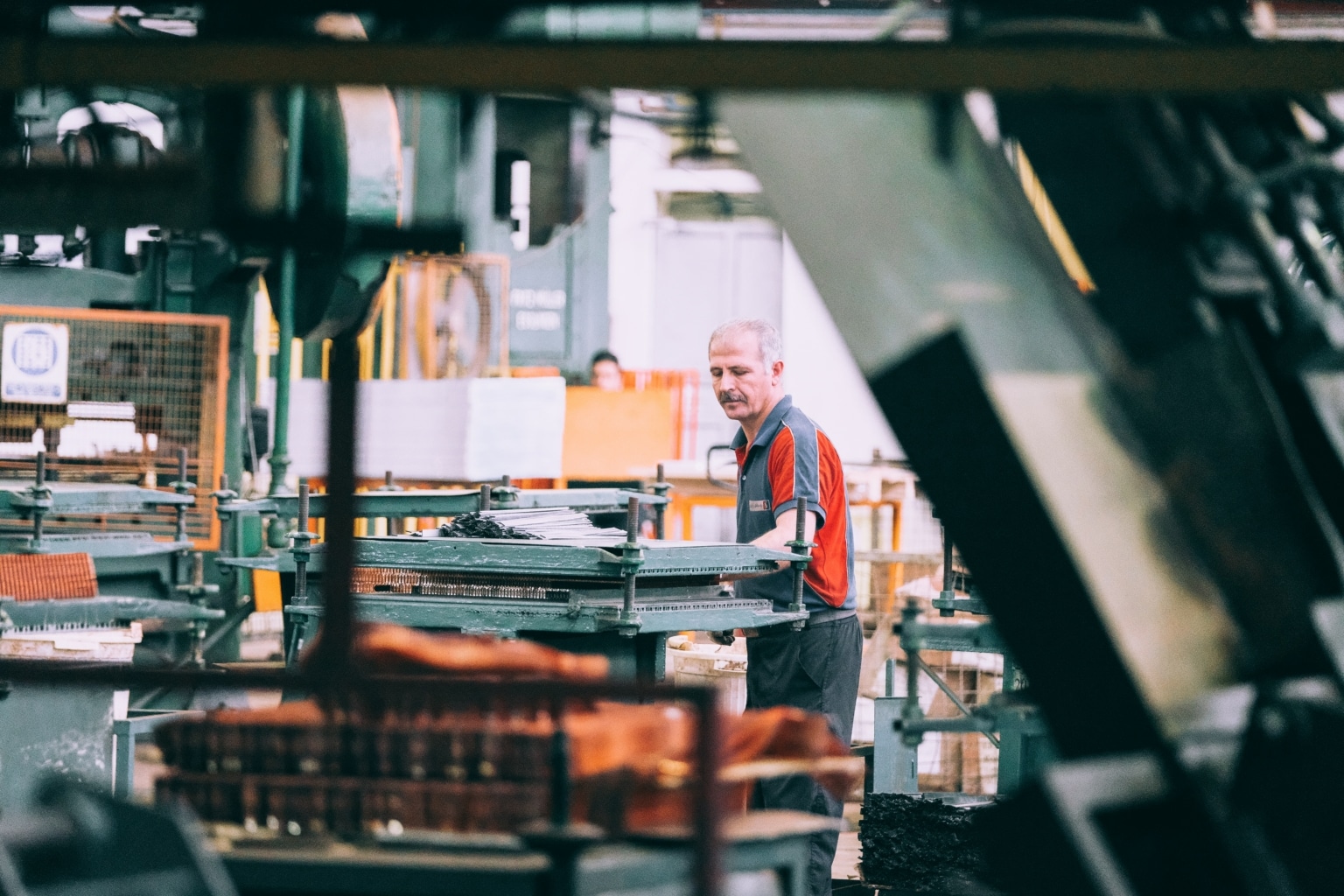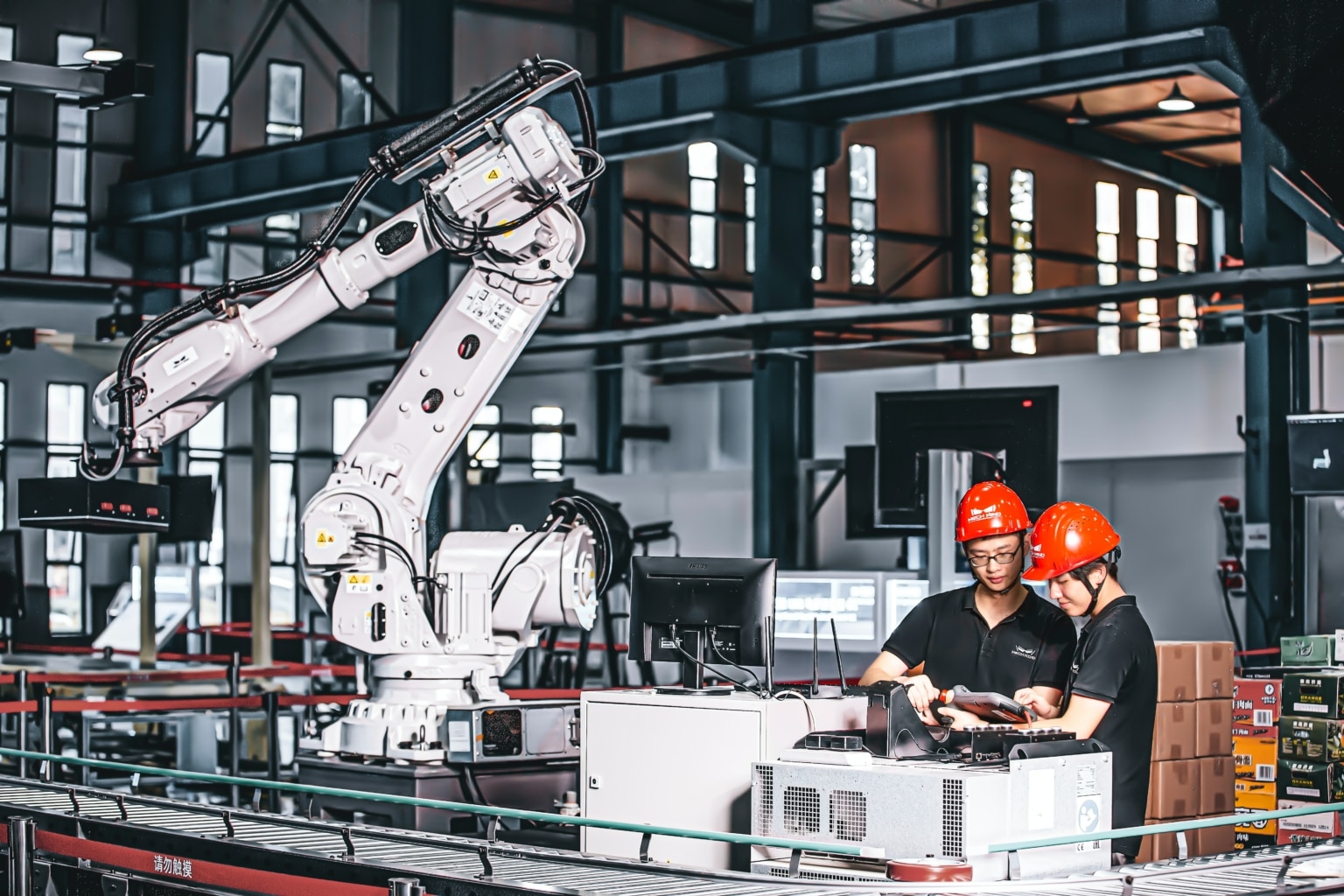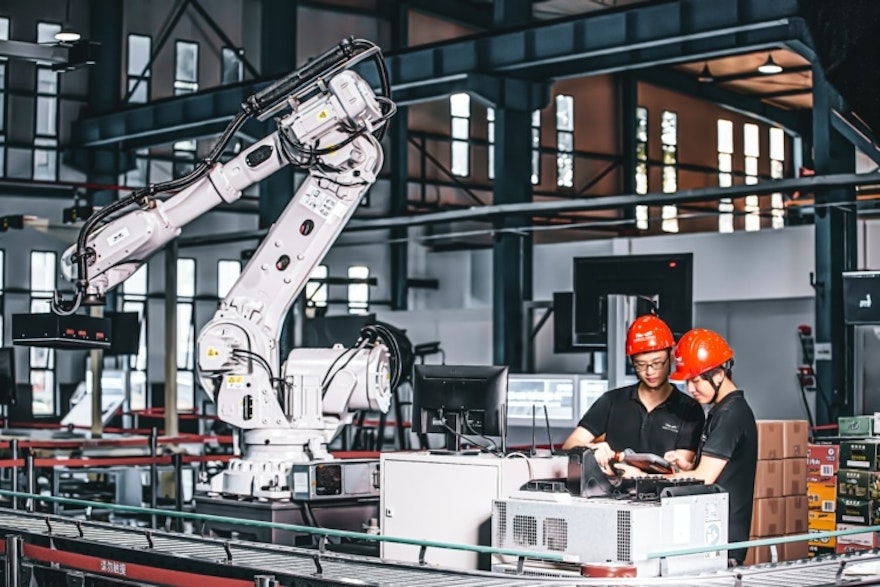When you digitalize the manufacturing process, you leverage digital information and tech to entirely transform a business’ processes — reevaluating, reengineering and reimagining the way your org does business.
What is Process Digitalization?
Simply put, process digitalization is transforming business processes to digital. According to Gartner, digitalization is “the use of digital technologies to change a business model and provide new revenue and value-producing opportunities; it is the process of moving to a digital business.”
When you digitalize the manufacturing process, you leverage digital information and tech to entirely transform a business’ processes — reevaluating, reengineering and reimagining the way your org does business.
Airbus: A Shining Example
A fantastic example of process digitalization is the story of Airbus. The company had problems finding the right set of technical skills to build an airplane – no easy feat. To achieve operational excellence, Airbus trained their workforce that primarily consisted of ex-construction and salespeople with asynchronous training videos.
With this plan of action, Airbus can train vast amounts of employees quickly by captuing and sharing SME knowledge. Presentations are created for every situation that could cause customer dissatisfaction or low quality.
Airbus reports that employees are more engaged with the digital training format than they were face-to-face. Importantly, employees can access these videos anywhere and anytime, allowing them to revisit and review important information right when and where it’s needed most.
Why Should You Care to Digitalize the Manufacturing Process?
Airbus isn’t the only manufacturing company that can benefit from process digitalization. All companies can expect to reduce costs and improve efficiency overall when they digitalize the manufacturing process.
Cutting Costs to Gear Up for a Recession
If that isn’t enough motivation, the state of the economy may light a fire under you to get started. A recession has been looming on the horizon. Experts are speculating that one is likely, and some even agreeing that the current US economy already fits the definition of being in a recession.
With this knowledge businesses are implementing cost-cutting measures. It’s not uncommon for a crisis, like a recession, to serve as an accelerant for novel business initiatives. Now is the perfect time to digitalize your own manufacturing processes.
Benefits When You Digitalize the Manufacturing with Video:
Listed below are 9 reasons why it makes sense for your organization to digitalize your processes.
1. Fewer Errors
When your organization prioritizes effective video training there will be fewer errors. This happens for two reasons. First, when a common error is recognized, your company can quickly address it with a training video and update your entire workforce instantaneously. Second, your organization will see fewer errors because employees on the manufacturing floor can reference training videos on demand from their available devices, whether that be a phone, laptop, or tablet.
2. Fewer Defects
When you digitalize the manufacturing process, you aren’t held back by the cumbersome process changes of the past. Now, when a defect is identified, the issue is communicated immediately – and effectively. Every SME can lend their expertise to troubleshoot and remedy the defect as soon as possible. Then the resolution can be relayed to relevant teams just as quickly as the identification of the issue.
3. Fewer Travel Costs
Companies do not need to physically send manufacturing employees to training centers or facilities. Truly, this can be done with high-quality video instruction. It simply is often not worth the cost of airfare, hotels, cabs, food, etc… to pair SMEs with trainees in a live setting when video today is more than capable. Compare the cost of training travel to that of creating training videos. Your company can save a small fortune on travel costs when you digitalize the manufacturing process.
4. Create a Standardized Way of Working
When employees are trained in a live, face-to-face meeting, the information in the meetings is inevitably varied from meeting to meeting. Although this may not seem like much, it is significantly important that employees receive the same information and never contradicting information. Recording -and updating – a single video that all employees see ensures a standardized process, which we all know is key in manufacturing. When processes change, you can update the training video to get everyone back on the same page again immediately.
5. Increase Productivity

It’s so important that employees in manufacturing facilities and roles be able to quickly access information at the moment they need it. It’s not enough to hear it once during training. Employees need to be able to reference procedures and answers to questions while on the floor. By giving manufacturing employees the tools to self-serve and answer questions, through the use of digital video training, they can find the answers they need exactly when they need them, increasing productivity.
6. Capture Your SME’s Knowledge - Especially Now!
In these uncertain times it’s never been more important to capture that invaluable knowledge of your organization’s subject matter experts. Each SME holds a wealth of knowledge of anything from processes to materials and more. Do not take their expertise for granted! The best way to capture that knowledge is with video! Tools like Speach allow SMEs (or anyone) to record and share what they know with a professional quality that is easy enough for anyone to use. You don’t even need equipment! Just use the work device you already use, like a laptop, tablet, or cell phone.
7. Inspire and Prepare Your Employees to Become Multitaskers
Digitalizing your manufacturing process with video means you will train your workforce faster. Employees will adapt to this new digital model and become even more agile workers, able to move quickly from one skill to another. Employee satisfaction could very well rise as frustrations and misunderstandings are reduced, and skills are gained leading to less monotony and more autonomy. Imagine your manufacturing organization working together as a highly-motivated, highly-agile workforce open to new ideas and efficient with process improvements!
8. Create a Better Work Environment with Happier Employees
It’s safe to say that everyone is happier in a streamlined, agile workplace as opposed to a rigidly-structured, archaic one. Add to that the fact that employees are empowered to train and onboard according to their own needs. For example, they can review what they need to know when they need to review it. This is significantly different than having to ask for this information every time it’s needed. Not only is the answer often not returned immediately, which poses problems for the fast-paced manufacturing industry. But it also deters people from asking questions in the first place because it’s cumbersome. Digitalizing manufacturing processes simply leads to more self-motivation and empowerment within their role.
9. Overall Cost Reduction

When you add up all of the benefits listed above, to digitalize the manufacturing process with video is to majorly reduce costs. At the end of the day, the increased productivity and efficiency, coupled with the fresh agility makes for a welcome, unmistakable cost reduction. And isn’t that the point?
Conclusion
Whether or not we see a major recession, there will always be the need to cut costs. And organizations should always be striving to improve processes and make it as easy as possible for employees to access important information when they need it – without overwhelming invaluable SMEs.
The question is: "Will you be ready, better equipped, and wiser? Will you use this time to plan and prepare, priming your business to face the future?"
Ready to digitalize the manufacturing process with video? Check out Speach!





